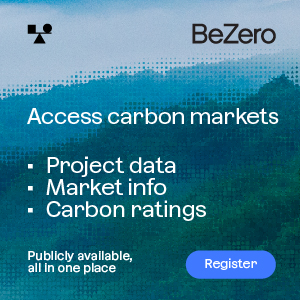The New Zealand government must hold a crisis meeting to address failed planting targets that suggest the country’s greenhouse gas emissions will balloon later this decade, the Forest Owners’ Association said on Thursday.
Recent government data showed 3,000 hectares of forest were planted last year, compared to a 20,000-hectare target.
With much of the country’s forest planted in the 1990s due for harvesting within the next five years, emissions will spike unless new land is forested to absorb carbon dioxide as it grows, the association said.
“It is clear that New Zealand is going to miss its existing 2020 emissions reduction target by a country mile. Nor will it be able to achieve an increased reduction as part of a new comprehensive global agreement at the end of the year,” David Rhodes, the FOA chief executive, said in a statement.
New Zealand has committed to reduce its net emissions in 2020 by 5 percent below gross 1990 levels.
Among the association’s main complaints is the carbon permit price in the New Zealand emissions trading scheme, which is currently hovering around the NZ$6 ($4.40) – too low to spur new planting, according to the FOA.
The price has climbed around 50 percent in recent months as NZ emitters from this year are no longer able to use UN-backed CERs or ERUs to meet their targets, but it remains too low to drive carbon forestry investment, the FOA said.
The ETS is up for review by an independent expert committee later this year. Among the issues under consideration will be whether to replace a rule requiring emitters only have to surrender one permit for every second tonne of CO2 equivalent they emit with a one-permit-per-tonne system.
A previous review in 2012 recommended that the so-called “two for one” rule as well as other price control measures were removed, but it was ignored by the government.
By Stian Reklev – stian@carbon-pulse.com



